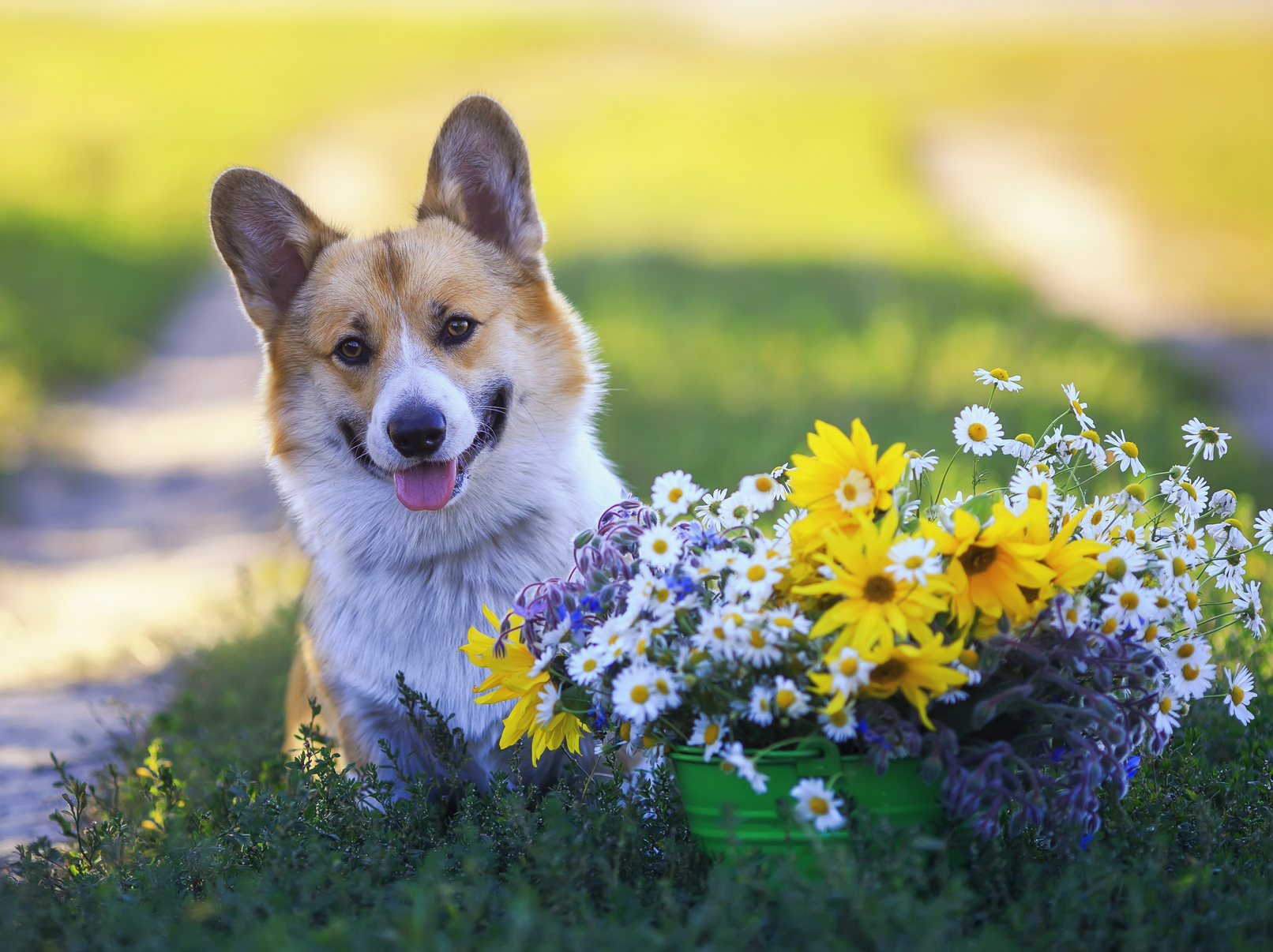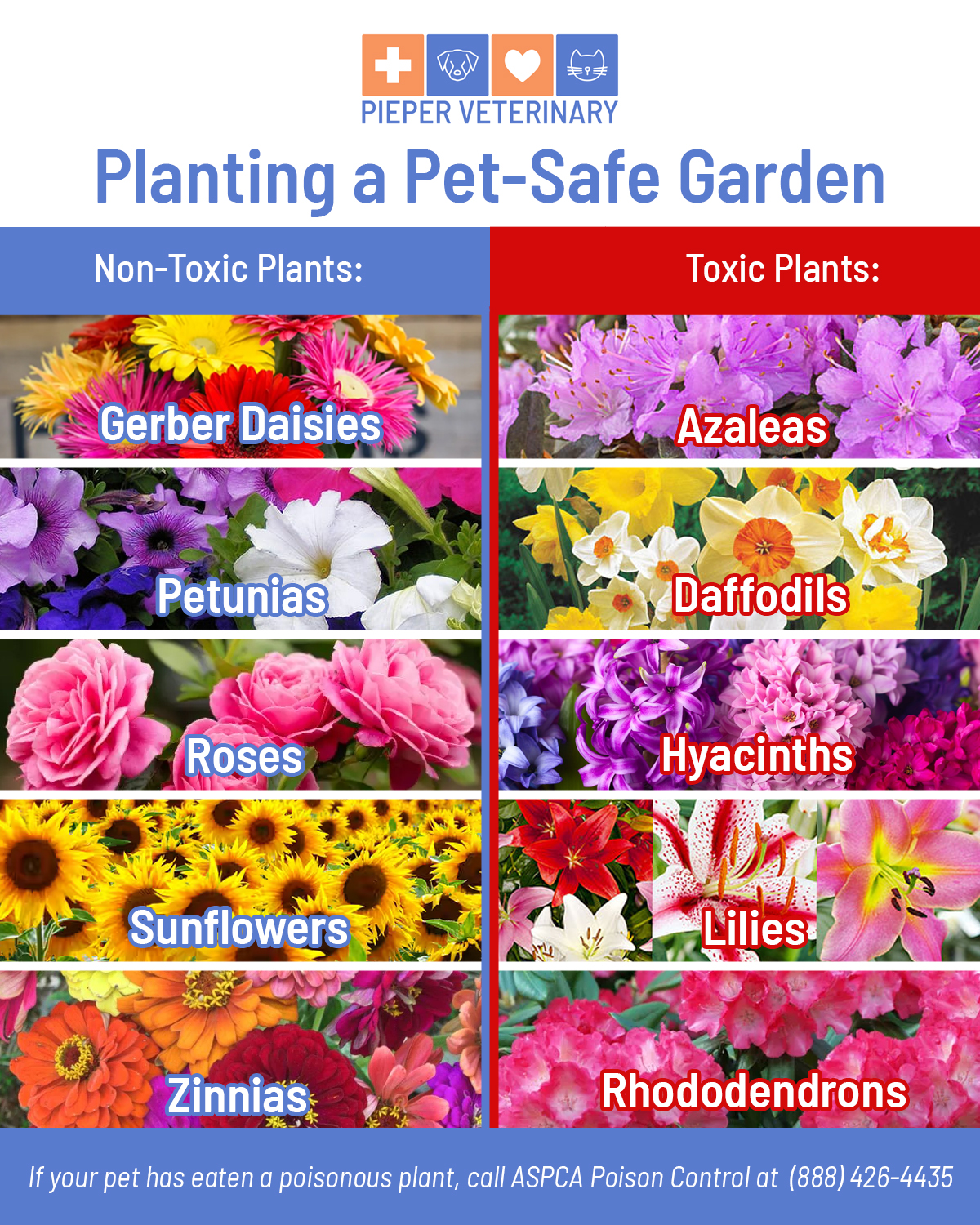Posted on
 It’s the season to start gardening – but for those of us with cats and dogs, sometimes beautiful flowers can hide a deadly danger. Whether you’re looking to exclusively grow a pet-safe garden or want to ensure any toxic plants are kept out of reach, researching your flower choices is the easiest way to ensure you can cultivate a garden that’s both beautiful and safe.
It’s the season to start gardening – but for those of us with cats and dogs, sometimes beautiful flowers can hide a deadly danger. Whether you’re looking to exclusively grow a pet-safe garden or want to ensure any toxic plants are kept out of reach, researching your flower choices is the easiest way to ensure you can cultivate a garden that’s both beautiful and safe.
If you suspect your pet has consumed a toxic plant, contact ASPCA poison control immediately at (888) 426-4435.
 Non-Toxic Plants:
Non-Toxic Plants:
- Alyssum
- Aster
- Gerber Daisy
- Hibiscus
- Orchid
- Pansy
- Petunia
- Rose
- Snapdragon
- Sunflower
- Zinnia
Toxic Plants:
- Azalea
- Begonia
- Carnation
- Chrysanthemum
- Daffodils
- Foxglove
- Hyacinth
- Lilies (including daylilies and lilies of the valley, highly toxic to cats)
- Rhododendron
- Sago Palm (highly toxic to dogs)
- Tulip
- Wisteria
Because there are many species of plant that are toxic to cats and dogs, symptoms are also wide-ranging and can vary from minor nausea to acute liver and kidney failure. Keeping yourself informed of what plants your pet has access to - and the warning signs to look out for - can help ensure that in the event your pet does consume something toxic, they can receive quick and effective treatment.
For a larger list of safe and toxic plants, or to look up a specific type of plant, please visit the ASPCA Poisonous Plant Directory.
